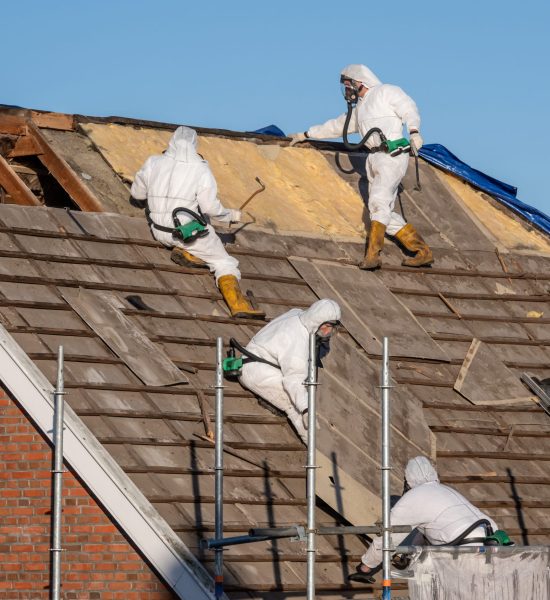C&M ENVIRONMENTAL SERVICES
Safe Asbestos Solutions
1-2 The Grange
High Street, Westerham, Kent, TN16 1AH
Unit 64
Capital Business Centre, 22 Carlton Road, South Croydon, CR2 0BS
High Street, Westerham, Kent, TN16 1AH
Capital Business Centre, 22 Carlton Road, South Croydon, CR2 0BS
Our team of highly trained experts are equipped with cutting-edge respiratory and personal protective gear to carry out asbestos abatement works and safely remove a variety of hazardous substances. We work diligently to ensure the safety of all involved, providing effective and reliable solutions to protect your environment.

We take our responsibility to waste management seriously. We make sure that all waste is recycled whenever possible, so that we can do our part in helping the environment. You can trust that our reliable demolition services will be done with the highest standards in mind.
Our asbestos services cover survey work and safe removal. We’re proud to offer prompt and reliable assistance at competitive rates. Asbestos has long been linked to cancer and asbestosis, making it vital to remove and dispose of safely.
We’re here to help with standalone removal solutions or packages including site clearance and demolition services.
Want to find out more? Arrange an on-site meeting, and we’ll carry out an in-depth asbestos survey to put together a proposal.
This image is for illustration purposes and is not entirely exhaustive of where you may find asbestos.

Additional areas you may find asbestos
(AIB – Asbestos insulating board)